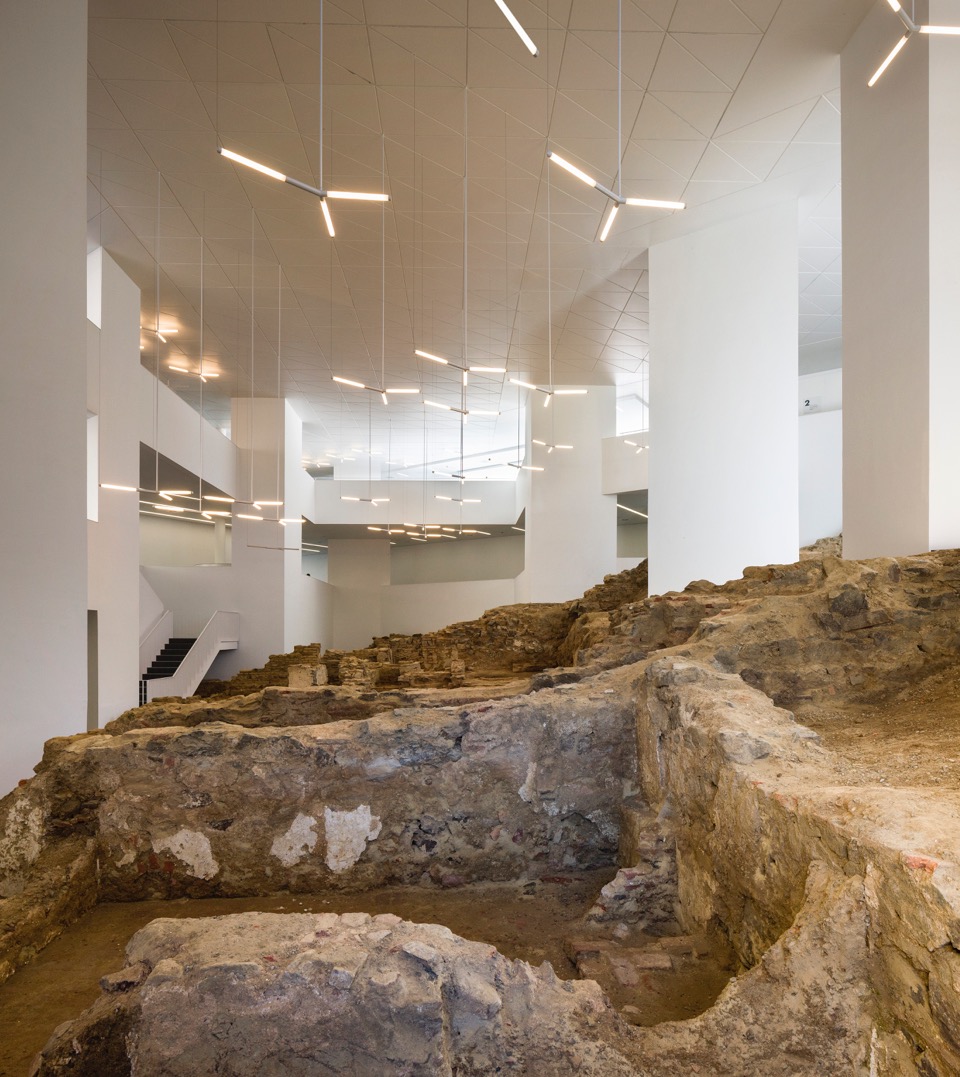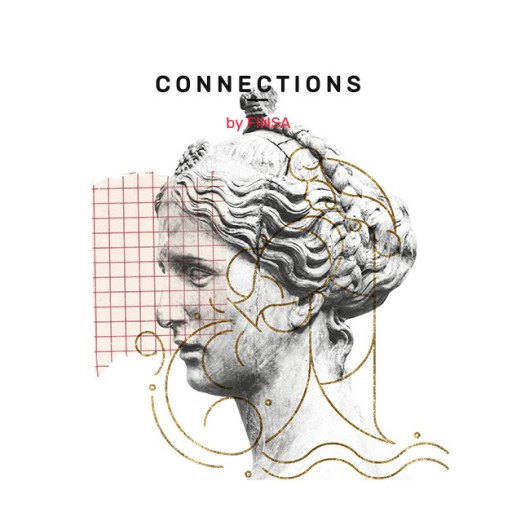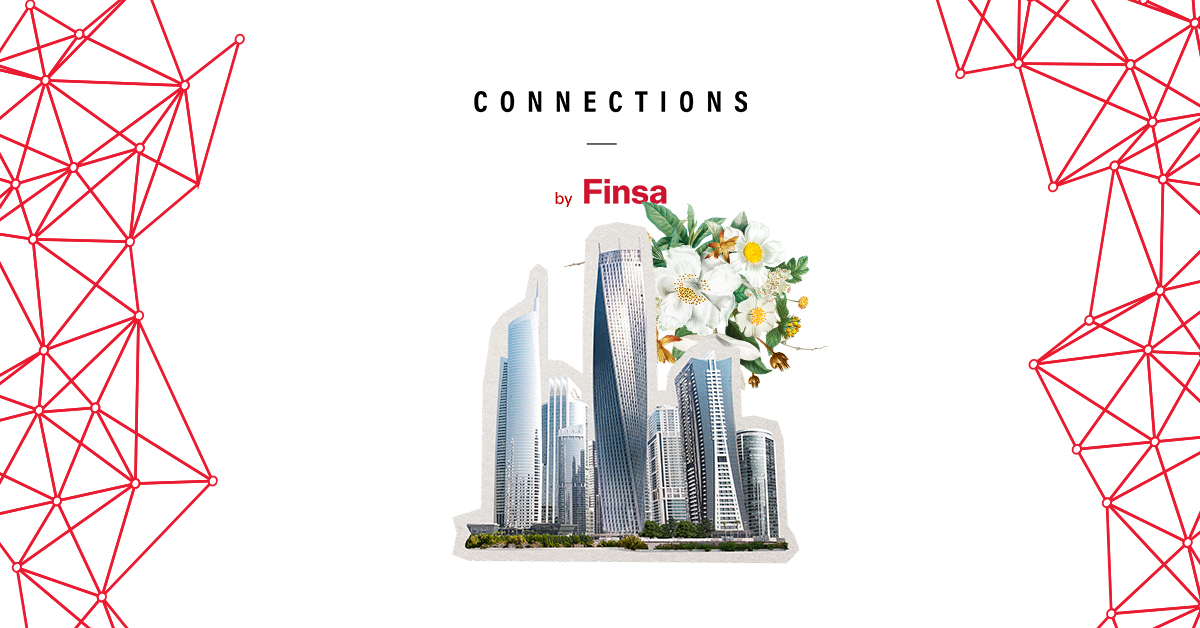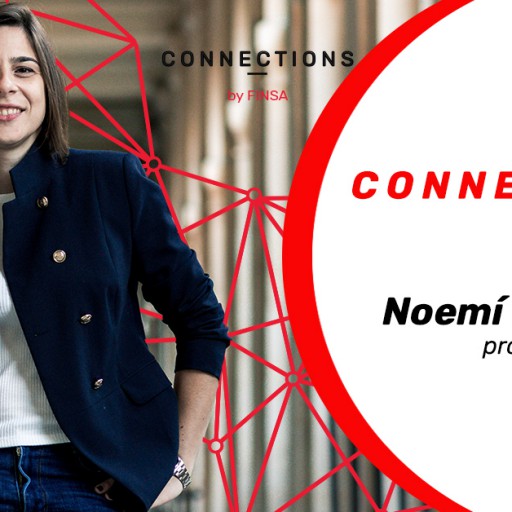Venice is the city of love, of the famous canals… and of biennales. In one week’s time, a new edition of the Architecture Biennale and the studio Paredes Pedrosa has been invited to exhibit their work. “We like working on projects with a cultural purpose,” they tell us, and that is what their exhibition is based on, an exhibition you will be able to visit for the next six months at the Central Pavillion at the Venice Biennale.
Today we are chatting to Ángela García de Paredes and Ignacio Pedrosa, who are the heart of this well-known studio, one which is on its way to turning 30 but it is still receiving accolades as if it were day one.
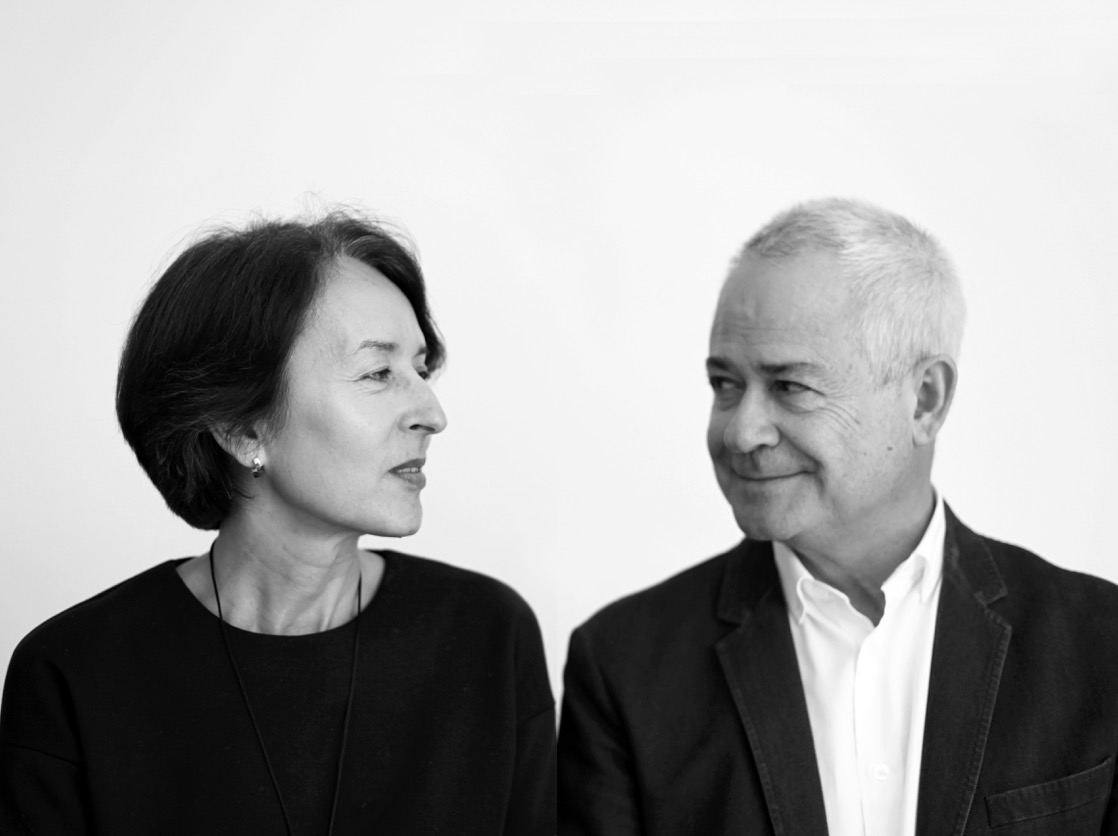
- What does it mean to architect to have their work on display at the Architecture Biennale?
To be able to present these six projects at the 2018 Venice Biennale gives us a great sense of satisfaction, as well as producing a sense of responsibility and gratitude toward the curators of this edition, the Irish architects Yvonne Farrell and Shelly McNamara, for their invitation.
It’s a double challenge. On one hand, it means reflecting on a significant part of our work from the last few years, from projects we finished 15 years ago to projects that are still being realised. But it also means trying to communicate a degree of consistency in our interests, both in the purpose of the buildings and the solutions we employ, and on this occasion in particular, in our spatial systems and their relationship to public spaces.
- What would we find if we visited your exhibition in Venice?
The analysis of the spaces of six buildings designed by our studio that all have both public and cultural uses. A museum, a library, an auditorium, a theatre…each of these purposes has specific needs, but they all have the need to accommodate an interior public space in common, for it to be a natural continuation of the exterior, something with which it may merge on occasion. We have focused on these interior spaces which lack intimacy, which are generic and ambiguous but which are also necessary because they are obligatory, and they must prepare the visitor for the specific event they are going to attend.
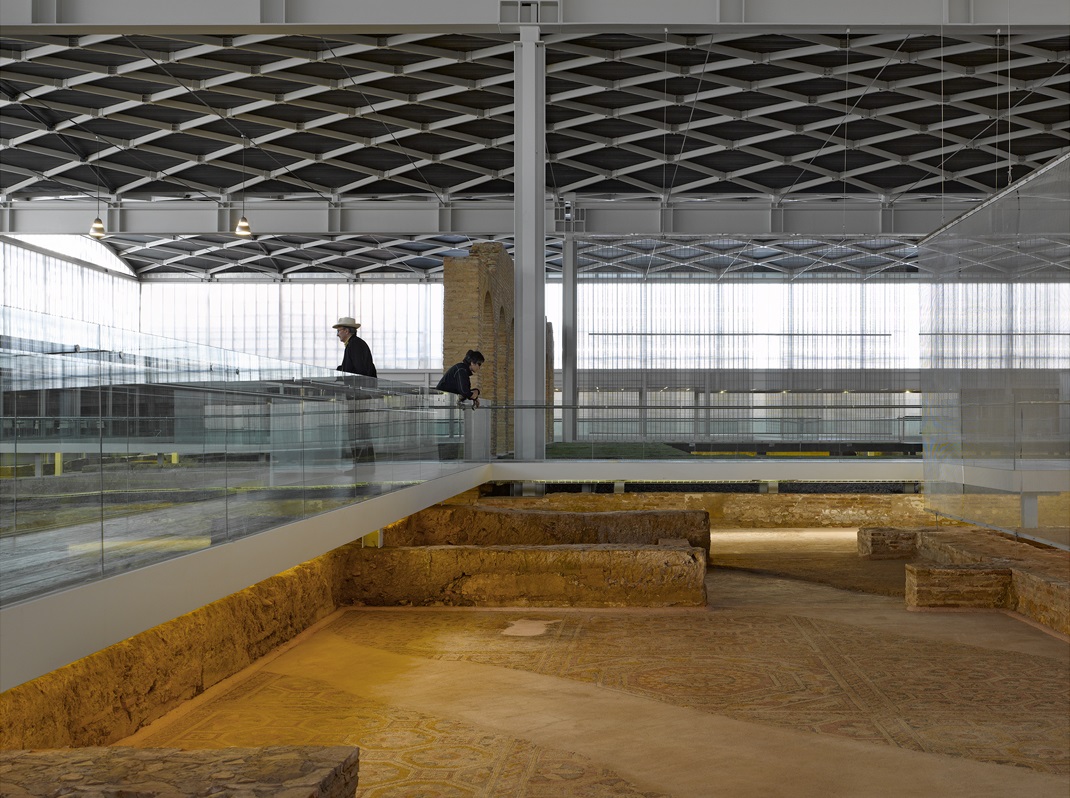
- What other projects are you working on other than the Biennale?
In the last few months we have finalised a complex rehabilitation project for the interior of the head office of the Banco de España in Cibeles and we are also building the Córdoba Public Library, one of the projects which you will be able to see at the Biennale. Right now we are developing two projects which each won a competition recently: an assisted living facility for the elderly in Palma de Mallorca, and the Colegio Español in Rabat. In addition, we are also currently competing for the plan for the Spanish Pavilion in Dubai 2020, which will answer a lot of interesting questions surrounding public buildings.
- Where would you to take your work and that of the studio in the future?
Our studio’s work has always been quite controlled, and yet, thanks to the high degree of involvement of every member of the team, we have been able undertake projects of some significance. We like working on projects with a cultural purpose but we are also attracted by urban projects, offices, and residential buildings.
- Design, drafting plans, supervising the project…Which facet of your work do you enjoy most and why?
The highest degree of intensity is required for each phase that affects the final quality of the building. It is hard for us to envisage distinct stages that can be compartmentalised. And working simultaneously on several projects on different aspects – competing, development, managing the construction – is beneficial and rewarding for us and for the final result.
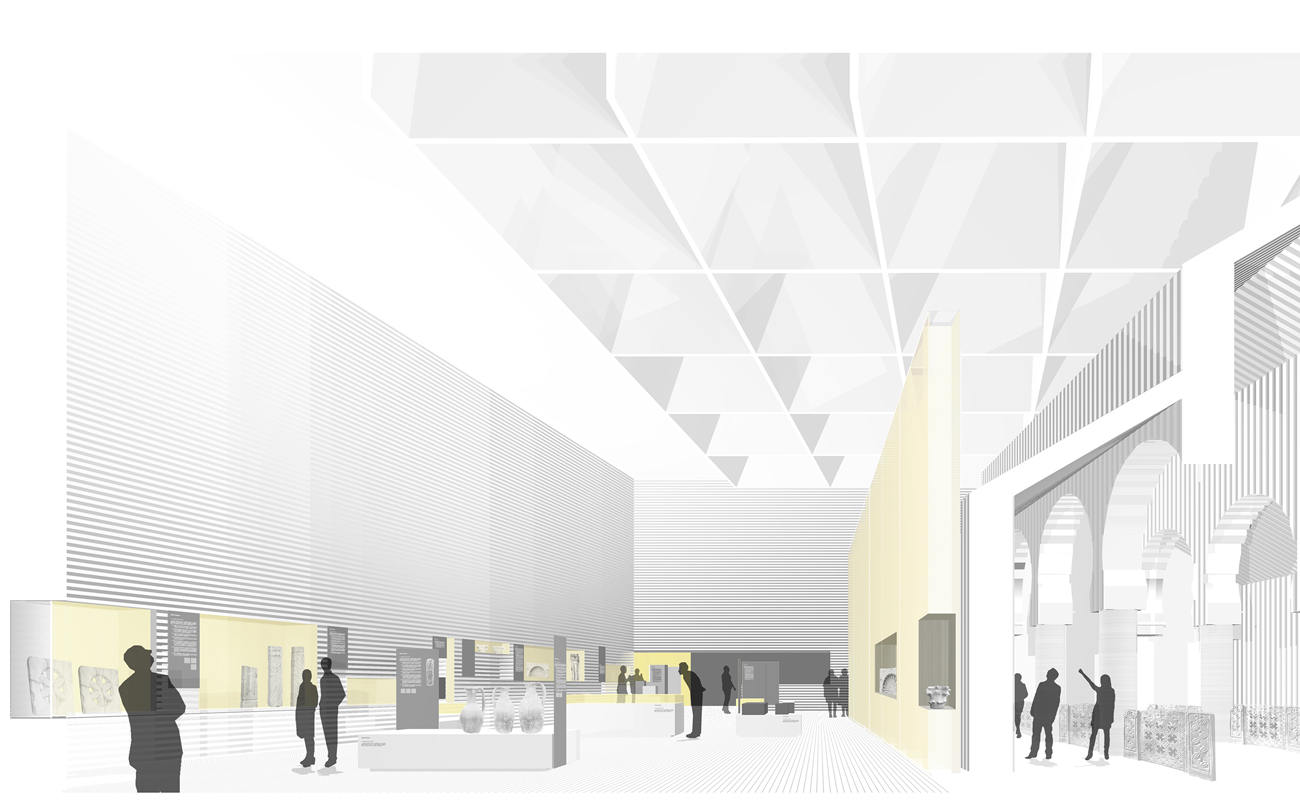
- What inspires you every day?
The changing and vibrant reality of the times in which we are living, that provides us with incessant amounts of information, is an inspiration, if you can call it that…Although perhaps it’s better to say that it is a good reason to think about our work.
- How do you connect with what interests you? Are you more digital or analogue?
Current technology feeds us digital media with such force that it is impossible to resist using it. There is, and probably always will be, a certain amount of coexisting between the analogue and the digital, although the speed and immediacy of the digital compels us to use it. Our studio adapted quite naturally to then-new technology more than 25 years ago and it has allowed us to evolve at an adequate pace, always in close contact with the books that have accumulated on our shelves.
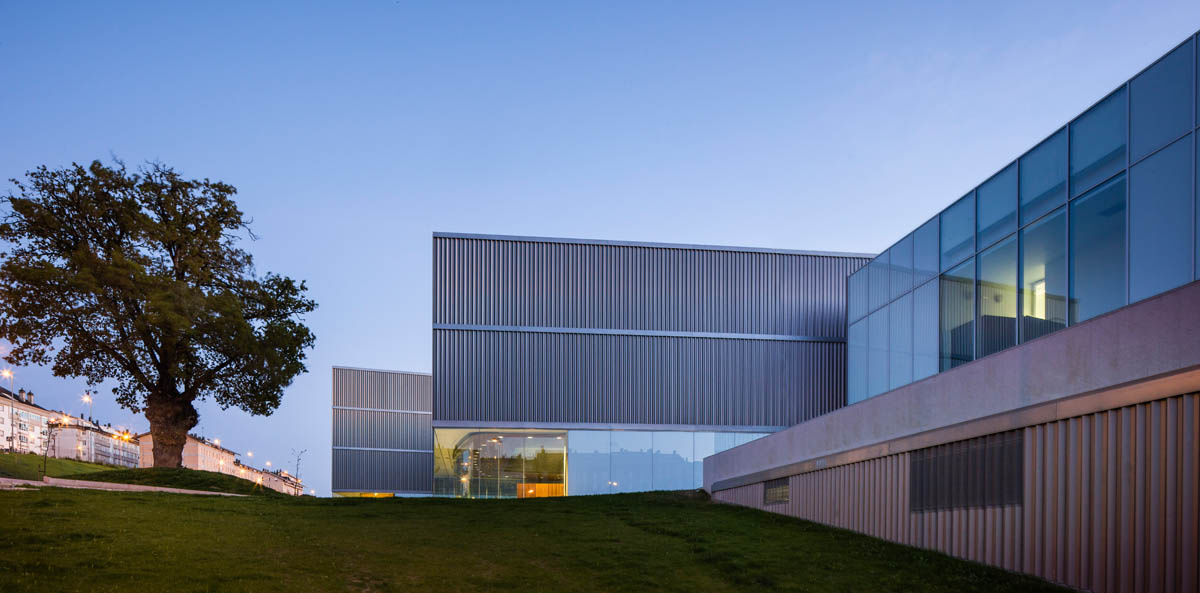
- How do you disconnect to recharge and continue your creative work?
In this field we have a real problem because we don’t do this nearly enough. Activities which distract us, which are so necessary, don’t take up a lot of our time. Reading, music, and travel have always had, in our case, very close ties to our professional lives or teaching work, so there is a certain sense of continuity in our lives.
- What defines a good architect?
Their work, obviously. Above all when it viewed with the perspective of time.
- Have you ever wondered what you would be doing now if you weren’t architects?
Ignacio: It’s hard for me to imagine doing something else because it is what I like to do, but who knows? Perhaps I would be painting and drawing.
Ángela: It’s also hard for me to imagine, but history, art, and literature have always attracted me. And I’m always listening to music!
- Which architect would you like to connect with? Who are you reference points or inspirations in architecture?
Other than the masters of the modern movement and generations following the Second World War, we have always been interested in Louis Kahn, James Stirling, Jorn Utzon, Arne Jacobsen, and Eero Saarinen. There are other architects, like Siza Vieria, who have held a continued attraction for us.
